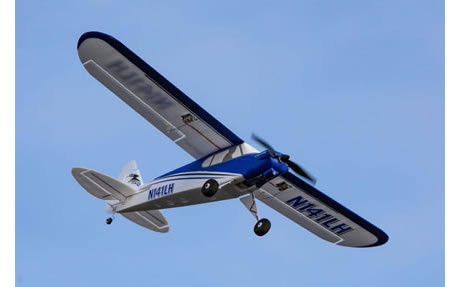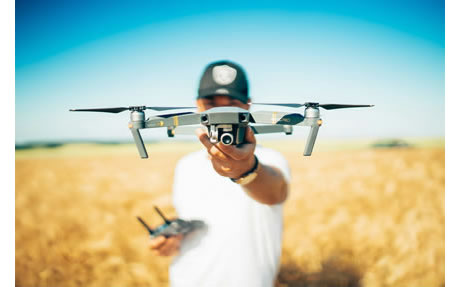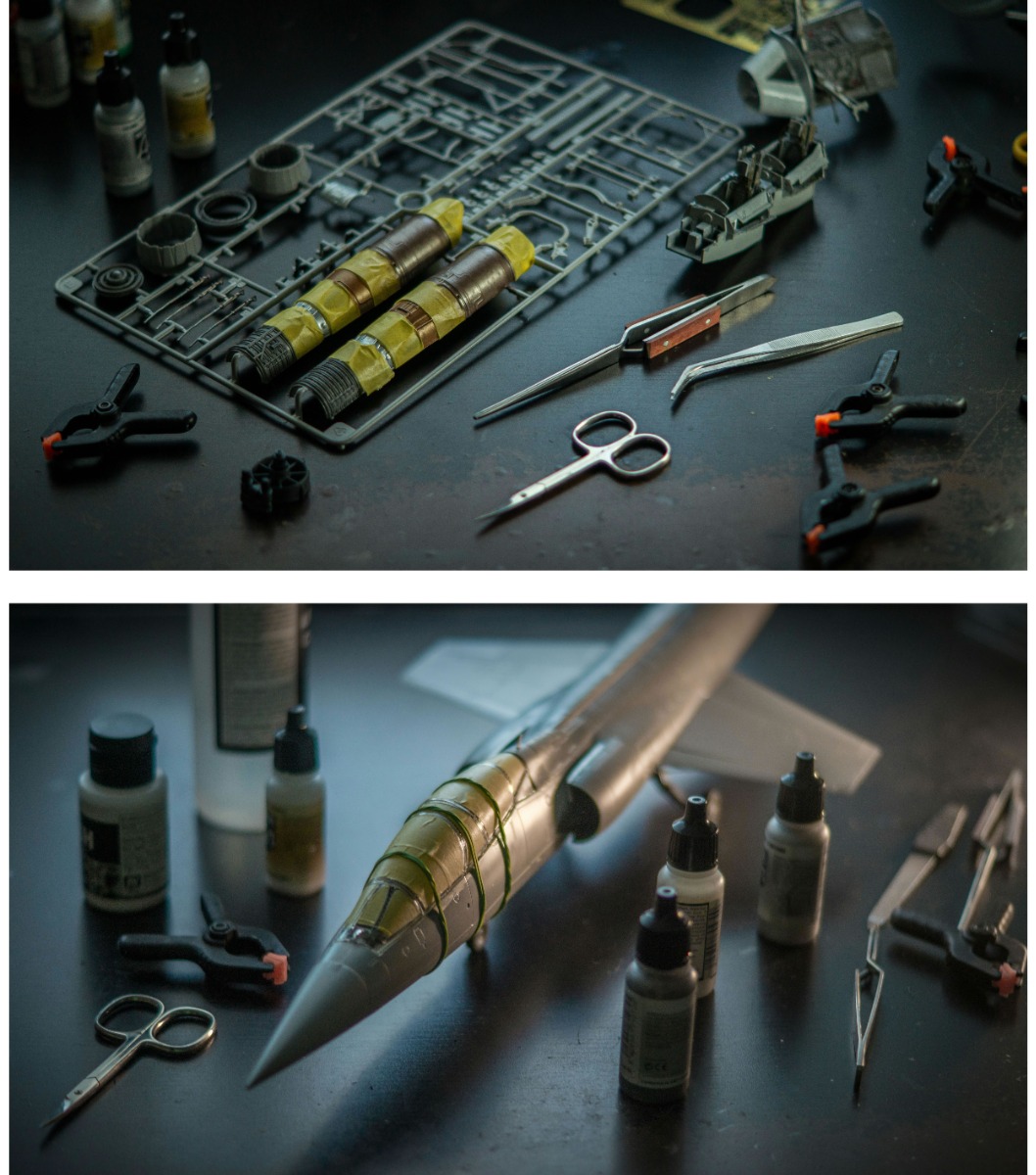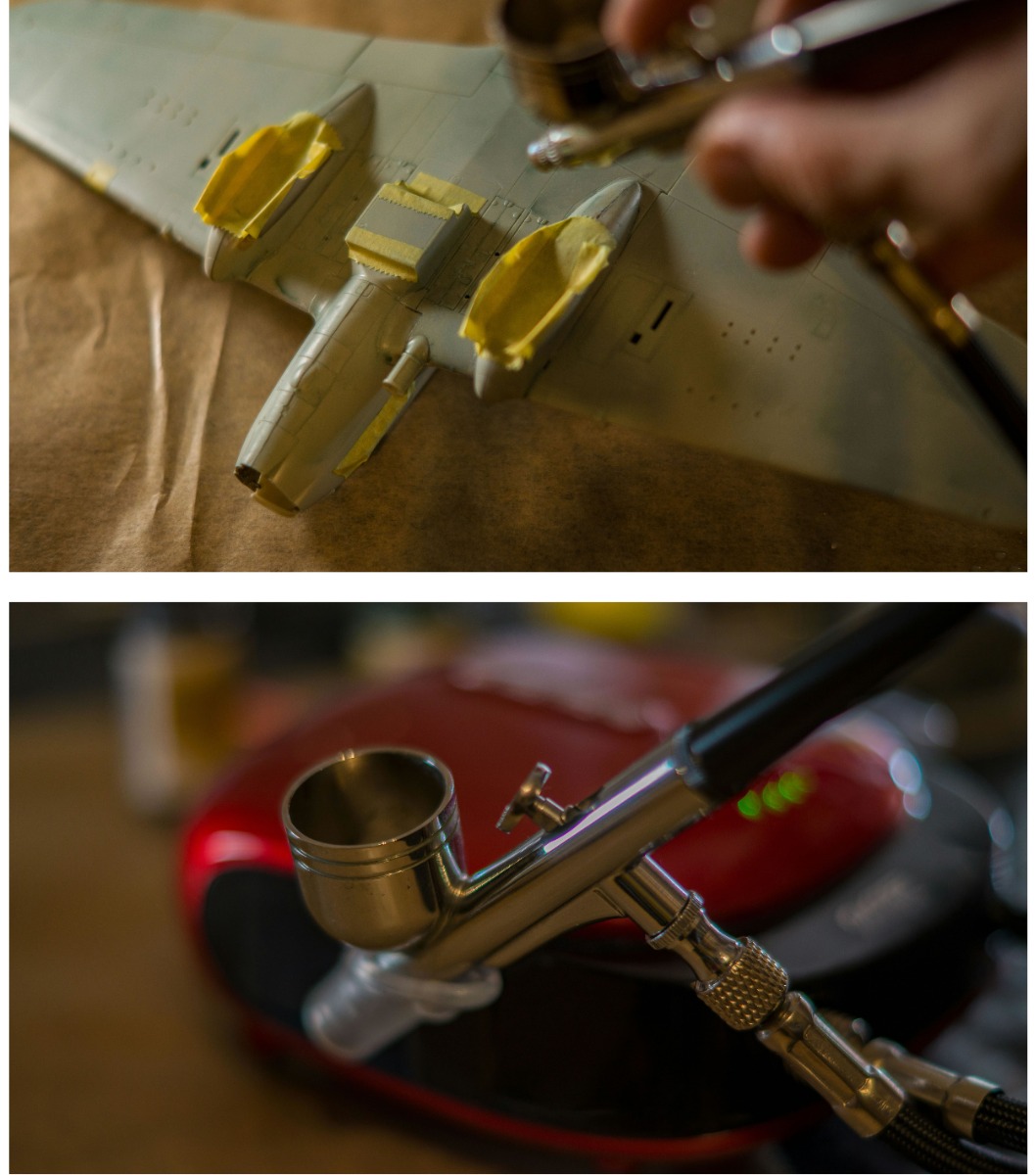Kovozavody Prostejov 1/72 Avro 504K 'European Users' Spain 1920, Poland 1923 and Ireland 1922 # 72465
The Avro 504K is a British biplane that holds a significant place in aviation history as one of the most widely used aircraft during and after World War I.
Developed by the A.V. Roe and Company (Avro), the 504 series became famous for its versatility, reliability, and ease of handling, making it a cornerstone of military aviation training and operations in the early 20th century.
Design and Development:
The Avro 504 was originally designed as a reconnaissance and bombing aircraft, first flying in September 1913.
It features a traditional biplane configuration, with two main wings of equal span mounted one above the other.
The fuselage is made of wood and fabric, which was standard for aircraft of this era.
The 504K variant, which became the most famous of the series, introduced a universal mounting for the engine, allowing it to be equipped with a variety of powerplants, including the 80 hp Le Rhône rotary engine and the Gnome Monosoupape.
The aircraft has an open cockpit, with the pilot seated at the rear and a passenger or trainee in the front.
The fixed landing gear, wire-braced structure, and straightforward controls made the Avro 504K easy to fly and maintain, contributing to its widespread use.
Operational History:
During World War I, the Avro 504 was initially used in bombing and reconnaissance roles, famously participating in the first British aerial raid on Germany in 1914.
However, as the war progressed, the aircraft's role shifted primarily to training.
The Avro 504K, introduced in 1917, became the standard trainer for the Royal Flying Corps (RFC) and later the Royal Air Force (RAF), training thousands of pilots for combat.
Its stability, forgiving flight characteristics, and ease of use made it an ideal platform for teaching novice pilots the basics of flight.
The 504K was also used for artillery spotting, light bombing, and even home defense against German Zeppelin airships, though it was never intended as a frontline combat aircraft.
Post-War and Legacy:
After World War I, the Avro 504K continued to serve in various roles, including as a civilian aircraft.
It became popular for barnstorming, joyriding, and aerial displays due to its ruggedness and reliability.
The design was also adapted for use in several other countries, with production continuing into the 1930s.
The Avro 504 series, particularly the 504K, is remembered as one of the most successful aircraft of its era.
Over 8,000 units were built, making it one of the most produced aircraft of World War I.
Its impact on pilot training and its role in the development of military aviation cannot be overstated.
Even today, the Avro 504K is celebrated by aviation historians and enthusiasts, with several preserved examples displayed in museums and flown at airshows around the world.























 Spread the cost with Paypal Credit
Spread the cost with Paypal Credit
 Spread the cost with Klarna
Spread the cost with Klarna



























